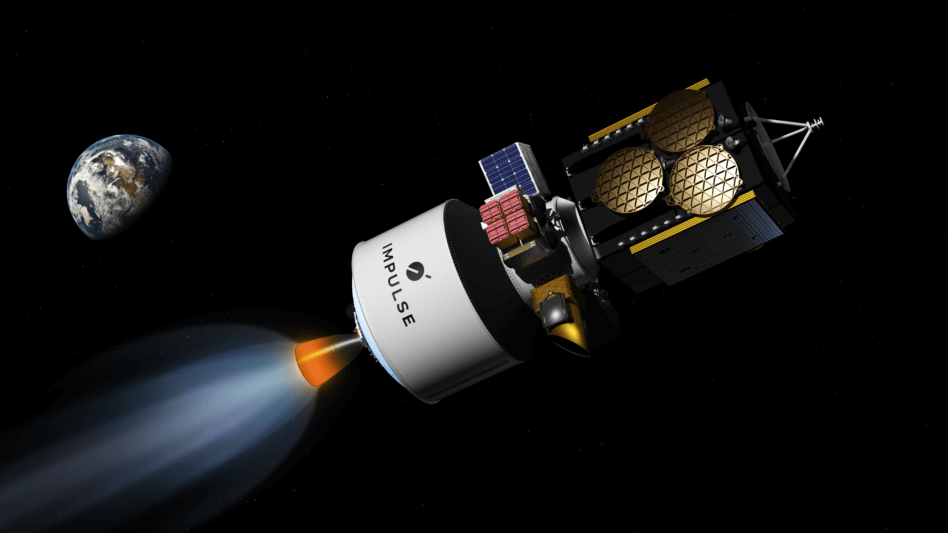Military officials chose Impulse Space to fly two different tactically-responsive demonstration missions with its high-powered spacecraft in 2026.
The missions, announced on Oct. 4, are named VICTUS SURGO and VICTUS SALO and are funded through a $34.5M SBIR contract from Space Systems Command’s Space Safari program and the Defense Innovation Unit.
- VICTUS SURGO will see Impulse’s forthcoming Helios kick-stage transport one of the company’s Mira orbital transfer vehicles from LEO to GTO. The Mira spacecraft will carry a “commercial off-the-shelf optical payload,” presumably for peeking at other spacecraft in high orbit.
- VICUS SALO will see Impulse provide a Mira OTV to carry a “government-provided payload” built by MIT’s Lincoln Laboratory; neither MIT nor SSC responded to questions about what that might be.
Stacking Ws: Impulse, founded in 2021 by former SpaceX propulsion chief Tom Mueller, announced its $150M Series B last week. The company has already flown one of its Mira spacecraft on a successful mission and plans to launch another on SpaceX’s Transporter-12 rideshare, expected to lift off this month.
Stay responsive: The two missions are part of a series of demos designed to help the DOD move faster in the space domain. The first, VICTUS NOX, saw Firefly Aerospace launch a spacecraft on 24 hours notice. A second, VICTUS HAZE, has been awarded to Rocket Lab and True Anomaly; it will involve launching dueling RPO missions on short notice.
What’s so responsive about these exercises? Positioning highly maneuverable spacecraft on orbit, ready to transition between orbits for SDA tasking.
“The status quo today is often ‘set and forget’ with satellites on orbit, due to the thrust limitations of electric propulsion,” Eric Romo, Impulse’s President and COO, told Payload in an email. “With Mira’s storable and powerful chemical bipropellants, we can enable movement without regret, opening up new types of missions and use cases like VICTUS SURGO and VICTUS SALO.”

